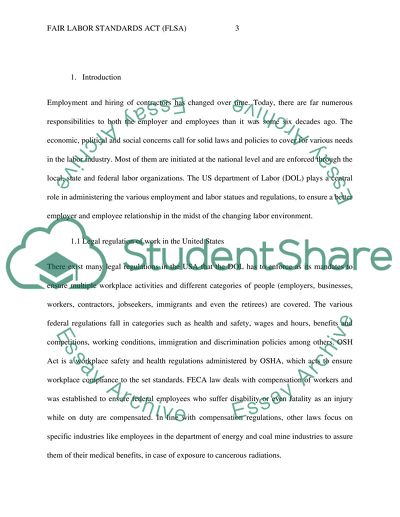Cite this document
(“HRA360: Term Paper Topic Fair Labor Standards Act Essay”, n.d.)
Retrieved from https://studentshare.org/human-resources/1638834-hra360-term-paper-topic-fair-labor-standards-act
Retrieved from https://studentshare.org/human-resources/1638834-hra360-term-paper-topic-fair-labor-standards-act
(HRA360: Term Paper Topic Fair Labor Standards Act Essay)
https://studentshare.org/human-resources/1638834-hra360-term-paper-topic-fair-labor-standards-act.
https://studentshare.org/human-resources/1638834-hra360-term-paper-topic-fair-labor-standards-act.
“HRA360: Term Paper Topic Fair Labor Standards Act Essay”, n.d. https://studentshare.org/human-resources/1638834-hra360-term-paper-topic-fair-labor-standards-act.


